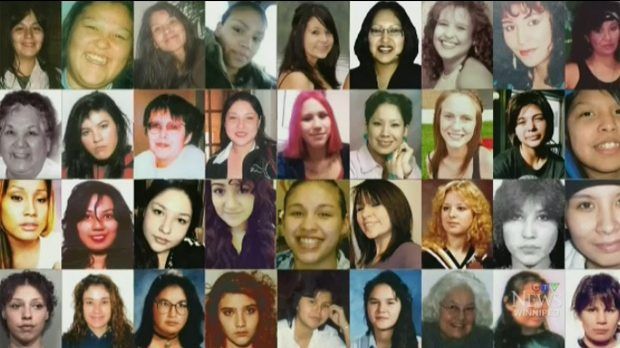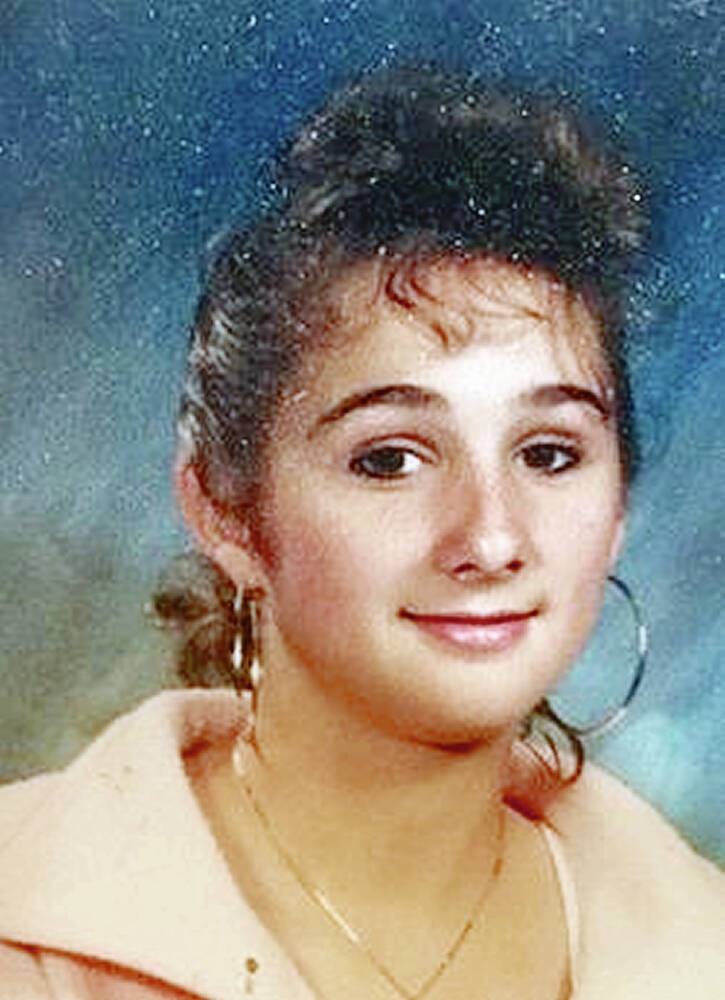June 4 2019 rbbm.
COLD CASE EXPERT: MMIWG death tally likely double

MMIWG: A criminology professor has warned that the real number of murdered Indigenous women and girls could be double official estimates.
The killer gambled.
And the gamble paid off.
The last time anyone saw Jane Bernard, 43, and Doreen Hardy, 18, alive was Aug. 27, 1966.
Bernard and Hardy were discovered days later dead outside Thunder Bay.
They had been strangled to death.
Their chauffeur to oblivion was described as a stocky white man in his 20s, driving a late-model Pontiac or Oldsmobile.
Witnesses said he was maybe 5’8″, light brown hair, glasses."
"In the wake of the MMIWG report detailing decades of murder, tears, indifference and heartache, one expert on cold cases estimates the true number of dead could be double the 3,500 semi-official total.
That’s a staggering 7,000 victims.
Using information from a Murder Accountability Project study for the U.S. Department of the Interior (which oversees Indigenous affairs in America,) Michael Arntfield revealed that the number of homicides was grossly underreported.
The full numbers are at murderdata.org.
“If you’re using the U.S. as a proxy, what does the data say?” the University of Western Ontario criminology professor told The Toronto Sun.
“How big is the problem? It’s far worse [the number of victims] than we previously thought.”
There are a slew of reasons for the missed murders — or concealed murders as Arntfield calls them.
Many murders of Indigenous people occur in rural areas where medical and police expertise is light on the ground.
The pediatrician may be the coroner. The cops are fine at ticketing people, not so much at homicide probes.
Arntfield also offers a more chilling proposal: There are serial killers hunting Indigenous women.
“And they’re getting away with it because no one is looking for them,” Arntfield said, adding that the Billings Gazette linked the deaths of three Indigenous women to a serial killer.
If Arntfield is right — and I have no reason to believe he isn’t — these hidden homicides may be a “microcosm” of a “catastrophic” horror.
“It’s not just the police system in rural areas, the coroner system in Canada and the U.S. is deeply flawed,” he said, adding that slipshod record keeping by coroners and the poor curation of homicide data has exacerbated the problem."
COLD CASE EXPERT: MMIWG death tally likely double

MMIWG: A criminology professor has warned that the real number of murdered Indigenous women and girls could be double official estimates.
The killer gambled.
And the gamble paid off.
The last time anyone saw Jane Bernard, 43, and Doreen Hardy, 18, alive was Aug. 27, 1966.
Bernard and Hardy were discovered days later dead outside Thunder Bay.
They had been strangled to death.
Their chauffeur to oblivion was described as a stocky white man in his 20s, driving a late-model Pontiac or Oldsmobile.
Witnesses said he was maybe 5’8″, light brown hair, glasses."
"In the wake of the MMIWG report detailing decades of murder, tears, indifference and heartache, one expert on cold cases estimates the true number of dead could be double the 3,500 semi-official total.
That’s a staggering 7,000 victims.
Using information from a Murder Accountability Project study for the U.S. Department of the Interior (which oversees Indigenous affairs in America,) Michael Arntfield revealed that the number of homicides was grossly underreported.
The full numbers are at murderdata.org.
“If you’re using the U.S. as a proxy, what does the data say?” the University of Western Ontario criminology professor told The Toronto Sun.
“How big is the problem? It’s far worse [the number of victims] than we previously thought.”
There are a slew of reasons for the missed murders — or concealed murders as Arntfield calls them.
Many murders of Indigenous people occur in rural areas where medical and police expertise is light on the ground.
The pediatrician may be the coroner. The cops are fine at ticketing people, not so much at homicide probes.
Arntfield also offers a more chilling proposal: There are serial killers hunting Indigenous women.
“And they’re getting away with it because no one is looking for them,” Arntfield said, adding that the Billings Gazette linked the deaths of three Indigenous women to a serial killer.
If Arntfield is right — and I have no reason to believe he isn’t — these hidden homicides may be a “microcosm” of a “catastrophic” horror.
“It’s not just the police system in rural areas, the coroner system in Canada and the U.S. is deeply flawed,” he said, adding that slipshod record keeping by coroners and the poor curation of homicide data has exacerbated the problem."


